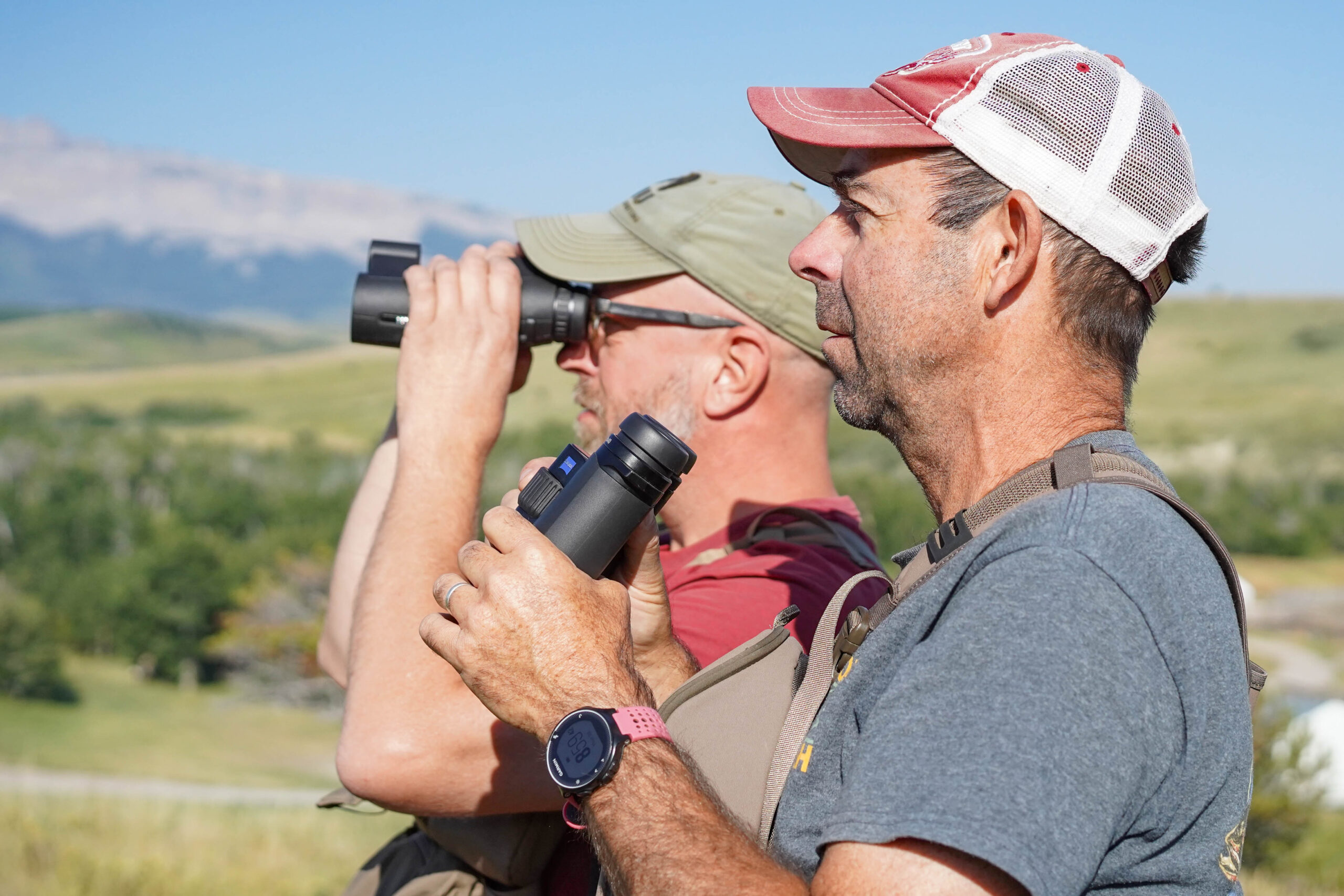Best Telescopes for Astrophotography: Which One to Choose?
For professional photographers, the pursuit of capturing the cosmos is more than a hobby; its a passion. When selecting the best telescopes for astrophotography, you aim to find a tool that not only meets your artistic vision but also enhances your technical capabilities. From capturing stunning images of distant galaxies to documenting the subtle movements of celestial bodies, the correct telescope can make all the difference.
Astrophotography combines elements of photography and astronomy, and choosing the right equipment is essential for achieving the best results. In this article, we will delve into the critical features to look for when choosing a telescope, review some of the options available in the market, and provide valuable tips on optimizing your astrophotography experience.

Understanding the Basics of Astrophotography
Before diving into specific telescope recommendations, let's clarify the basic concepts of astrophotography. In its essence, astrophotography involves capturing images of astronomical objects and celestial events using both traditional cameras and specialized equipment. Photographers often utilize various lenses, sensors, and telescopes to record phenomena like meteor showers, planetary alignments, and celestial events.
Key factors influencing astrophotography include exposure time, image stability, and the quality of the optical equipment. Understanding these components helps professional photographers make informed decisions about the best gear.
Top Features to Consider in Telescopes for Astrophotography
When it comes to selecting the best telescopes for astrophotography, several essential attributes come into play:
- Aperture Diameter: The larger the aperture, the more light the telescope can gather, leading to clearer and more detailed images.
- Mount Type: Equatorial mounts are often preferred for astrophotography as they allow for tracking celestial objects more smoothly over time.
- Optical Quality: Higher quality optics enable sharper images, which is crucial for capturing distant celestial bodies.
- Camera Compatibility: Ensure the telescope can mount your camera securely. Look for telescopes that offer adaptable solutions for various camera formats.
- Portability: Consider the weight and size of your telescope, especially if you plan to travel for your astrophotography shoots.
Recommended Telescopes for Astrophotography
Now lets explore some of the top telescopes on the market that cater specifically to astrophotographers:
1. Celestron AstroMaster 90AZ
This telescope features a 90 mm aperture, making it suitable for both planetary and deep-sky photography. Its simple setup and user-friendly design make it a perfect choice for professionals and beginners alike.
2. Orion SkyQuest XT10
With a 10-inch aperture, this Dobsonian telescope provides exceptional light-gathering capabilities. Its an excellent option for capturing images of nebulae and galaxies, offering incredible detail for astrophotographic work.
3. Meade LX90
Designed for seasoned astrophotographers, the LX90 features a high-quality Schmidt-Cassegrain design and precision optical performance. Its advanced tracking system allows for extended exposure times, which is crucial for deep-sky imaging.
4. Sky-Watcher Evostar 80ED
This telescope boasts a 80 mm aperture and extra-low dispersion glass, which minimizes chromatic aberration and enhances image clarity. Its a fantastic choice for wide-field astrophotography, perfect for capturing star clusters and large nebulae.
Additional Considerations for Your Astrophotography Setup
Choosing the right telescope is only one aspect of your astrophotography setup. Some additional components include:
- Mounts: Always opt for stable mounts. An equatorial mount is highly recommended for prolonged exposure times.
- Cameras: DSLRs and mirrorless cameras are often the preferred choices for advanced astrophotographers.
- Software: Utilize software for stacking images and enhancing your final photographs. Programs like Adobe Photoshop and specialized astrophotography software can make a significant difference.
Best Practices for Astrophotography
To ensure you get the most out of your astrophotography experience, consider the following tips:
- Research Locations: Choose locations with minimal light pollution for the best viewing experiences.
- Time Your Shots: Clear skies and specific seasonal events can dramatically impact your astrophotography success.
- Practice: Familiarize yourself with your telescope and camera settings before going out for serious astrophotography sessions.
Conclusion
Investing in the best telescopes for astrophotography can profoundly enhance your photography journey. By considering factors like aperture size, mount type, and optical quality, you can find a telescope that aligns with your creative vision. Whether you're capturing the beauty of a distant galaxy or the detail of a planetary surface, the right equipment and practices will help you produce stunning images.
For further reading, check out these articles on drones and binoculars.

FAQs about Astrophotography
1. What is the best telescope for beginners in astrophotography?
For beginners, the Celestron AstroMaster 90AZ is user-friendly and offers good optical quality without overwhelming complexity.
2. Can I use my DSLR camera with a telescope?
Yes, many telescopes are compatible with DSLR cameras, allowing you to use them for astrophotography.
3. Is it necessary to buy additional software for astrophotography?
While it's not strictly necessary, additional software can greatly enhance your photos by allowing for image stacking and advanced edits.

